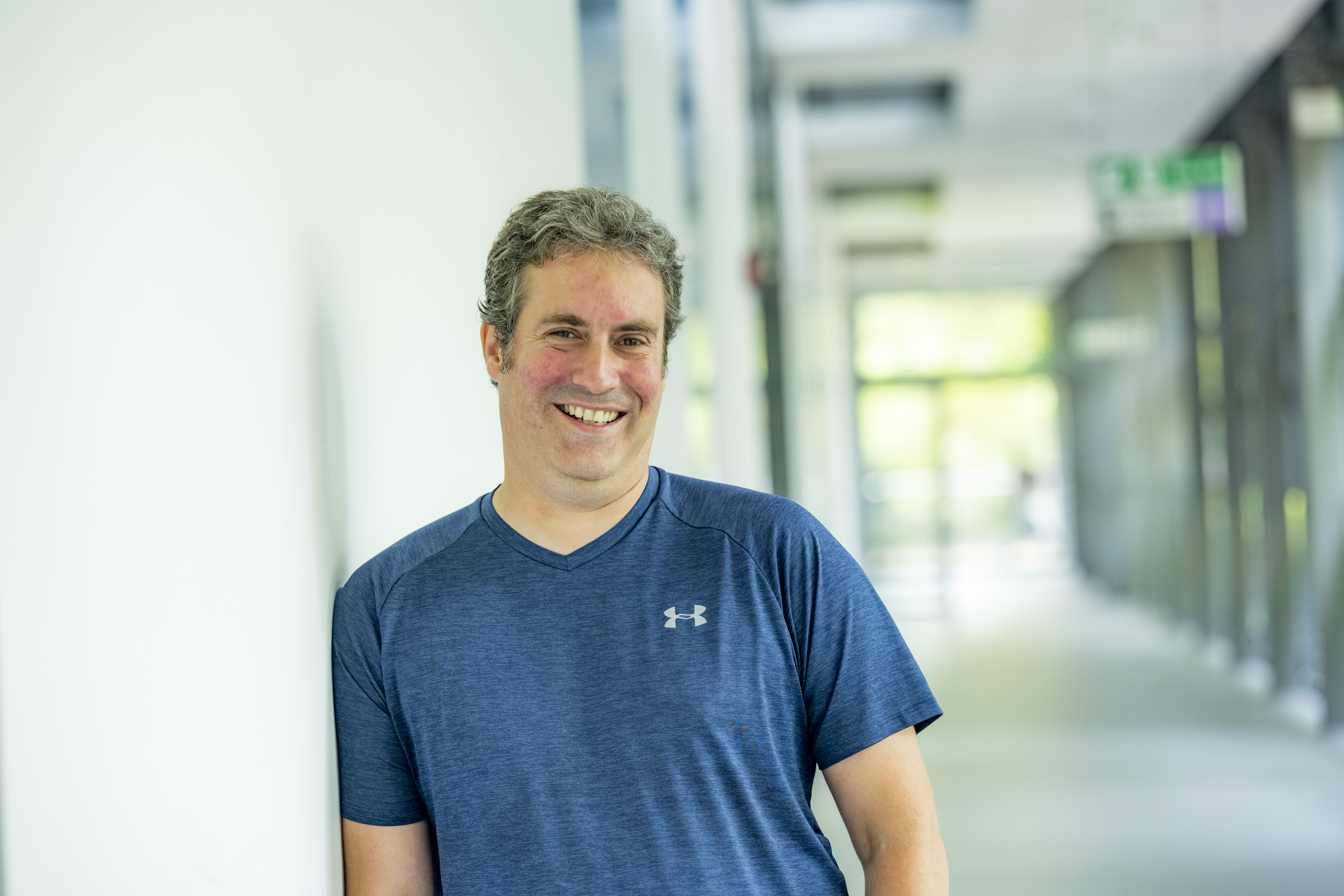Research Software Group update: improving the packaging of imaging and field theory software, and good feedback
Research Software Group update: improving the packaging of imaging and field theory software, and good feedback
Posted on 14 September 2015
Research Software Group update: improving the packaging of imaging and field theory software, and good feedback
 By Steve Crouch, Research Software Group Lead.
By Steve Crouch, Research Software Group Lead.
During August, the Institute’s Research Software Group has helped developers in the areas of reflectance imaging and field theory to improve the usability and sustainability of their research software. We’ve also heard back from a previous project, where our work continues to realise a significant impact. Our Open Call is still open until 30 September - If you are looking for help with your own research software, why not submit an application?
Packaging imaging software for end-users
One of our collaborations is with the RTI-VIPSprogramme, which serves to provide solutions that employ Reflectance Transformation Imaging techniques. We’ve started work to help to improve the sustainability of the software and automate its installation for its end users, which include the British Museum, the Oxford Bodleian Libraryand the Louvre.
The RTI-VIPS collection is comprised of a number of software packages that handle the acquisition and viewing of images, the calculation of reflectance properties, and camera management and calibration. The idea is that multiple captures are taken with varying light sources to construct an interactive relit record of the material sampled. Cultural heritage examples of the technology include work on cuneiform tablets, numismatic archives, manuscripts, rock art and lithic artefacts.
The software currently requires a non-trivial manual installation process, and automating this removes the need for the original developers to be involved during installation. A recent addition to our team, Don Cruickshank, has made considerable progress with this automation. A prototype installer enables all four key components to be readily deployed with a minimum of technical knowledge. Ease of use by in-situ researchers is paramount, and when complete, this will save both groups considerable time. This work will be complemented with a sustainability assessment to suggest any other improvements for future development and portability to other platforms.
Adding sustainability and community magic to Cadabra
Since March this year we’ve also been involved with improving the sustainability of the Cadabra software developed at the University of Durham, which performs symbolic algebraic computations in field theory.
Cadabra is currently actively used by approximately 50 researchers, and many more students. The main issues it faces are for its long-term success. It needs to be more maintainable and easier for developers to contribute to its functionality. Solid support for multiple platforms is also important, since the systems employed by its user base are quite diverse.
Back in July, we delivered a sustainability review of Cadabra. This included recommendations which will improve engagement with the Cadabra community, as well as provide them with a greater set of developer resources and infrastructure to help them develop new functionality and contribute it back to Cadabra.
Building on this, we’ve recently reviewed its installation process and underlying codebase, and are working to provide support in Cadabra for the excellent multi-platform Gtk+. Together, these improvements should go a long way to building a solid foundation for future development and support.
Our work with Distance continues to go the distance
It’s always good to hear back from projects we worked with in the past, and one of those projects that got back in touch six months after it finished was Distance, whose software estimates the size of animal populations.
As part of this work, we conducted an assessment of the current state of the software with a host of recommendations for improving the sustainability of its development. David Lawrence Miller of the project describes the assessment as "Meticulous and wide-ranging analysis of our current standing in the project - something that we didn't have time or expertise to conduct - giving us a thorough overview of where we need to go next."
Developed at the University of St. Andrews’ Centre for Research into Ecological and Environmental Modelling, the Distance software’s 20 years of development is impressive, but legacy aspects of the codebase were taking their toll. The software was in need of a fundamental reorganisation to allow easier maintenance in the future, and allow new features to be added in a more sustainable manner. In addition to the assessment, we helped them to improve support for their 10,000-strong user community through an enhanced GitHub repository and their internal documentation management infrastructure. David reports these also had a significant impact.
David continues, "Our consultant, Mike Jackson, was dedicated to our project as if it were his own, his altruism is greatly appreciated by all of us and has had high impact on both our team and unit more widely." It’s always good to hear our work continues to have an impact further down the line!
You can read more about how we helped them in the case study.
Need help with your research software? Try the Institute’s Open Call!
Those examples above are only a few of the ways in which the Institute’s Research Software Group continues to help the UK research community improve their software.
We’ve worked with over 50 projects across all UK funding councils and a vast range of disciplines, and our Open Call for Projectsis currently open until 30 September 2015.
So if your project develops research software and you'd like some free expert help, why not consider submitting an application?

